Next generation of computer chips could ditch silicon for TMD — a 2D material that is embedded with ‘defects’ which can be harnessed to improve performance.


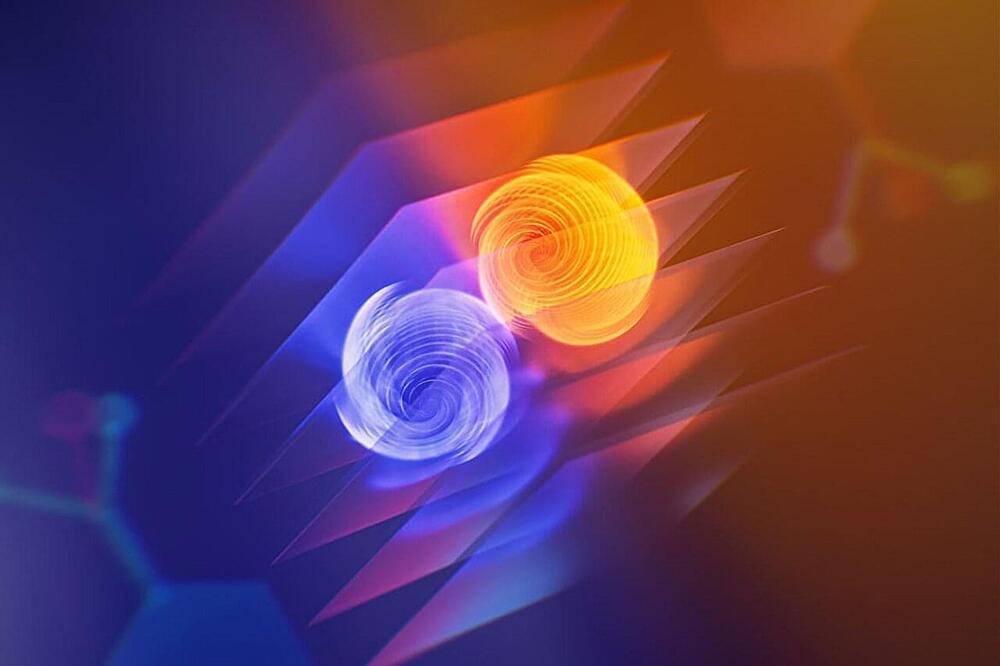
A team led by researchers from the California NanoSystems Institute at UCLA has designed a unique material based on a conventional superconductor—that is, a substance that enables electrons to travel through it with zero resistance under certain conditions, such as extremely low temperature. The experimental material showed properties signaling its potential for use in quantum computing, a developing technology with capabilities beyond those of classical digital computers.

Adopting the right mix of sustainable construction practices could allow Canada to meet its housing goals—as many as 5.8 million new homes by 2030—without blowing past its climate commitments.
Researchers in the University of Toronto’s Centre for the Sustainable Built Environment (CSBE) have developed a computer simulation that forecasts the emissions associated with new housing and infrastructure construction. The paper is published in the journal Environmental Science & Technology.
The work builds on previous CSBE research showing that in order for Canada to meet its greenhouse gas emissions targets, homes built in 2030 will need to produce 83% fewer greenhouse gases during construction than those built in 2018.
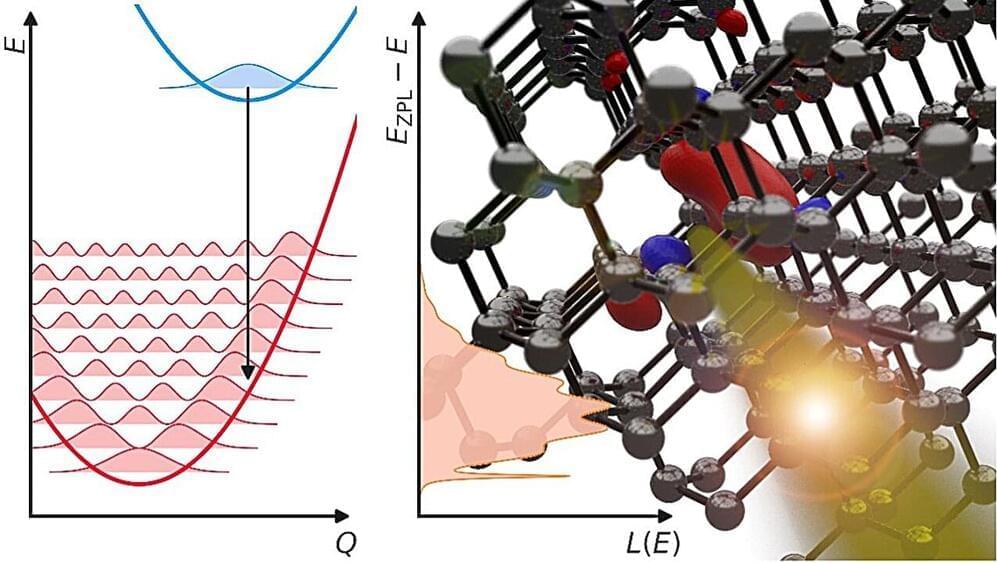
Exploring the design of efficient quantum emitters using defects in wide-bandgap semiconductors, specifically silicon carbide (SiC) and diamond.
It highlights how these defects can be engineered to emit single photons, which are crucial for quantum technologies like secure communication and quantum…
Computers benefit greatly from being connected to the internet, so we might ask: What good is a quantum computer without a quantum internet?
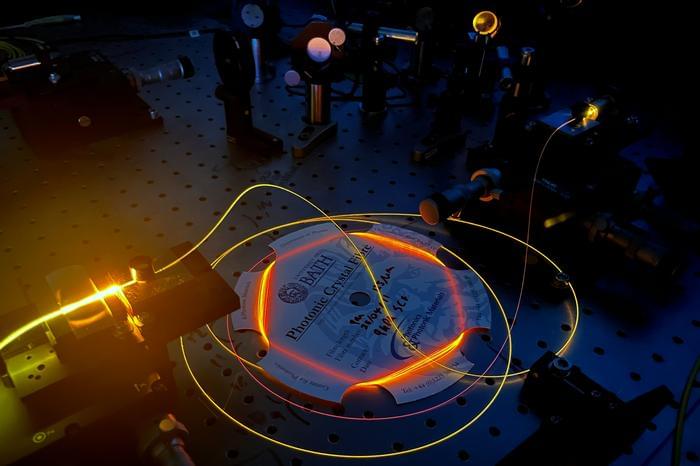
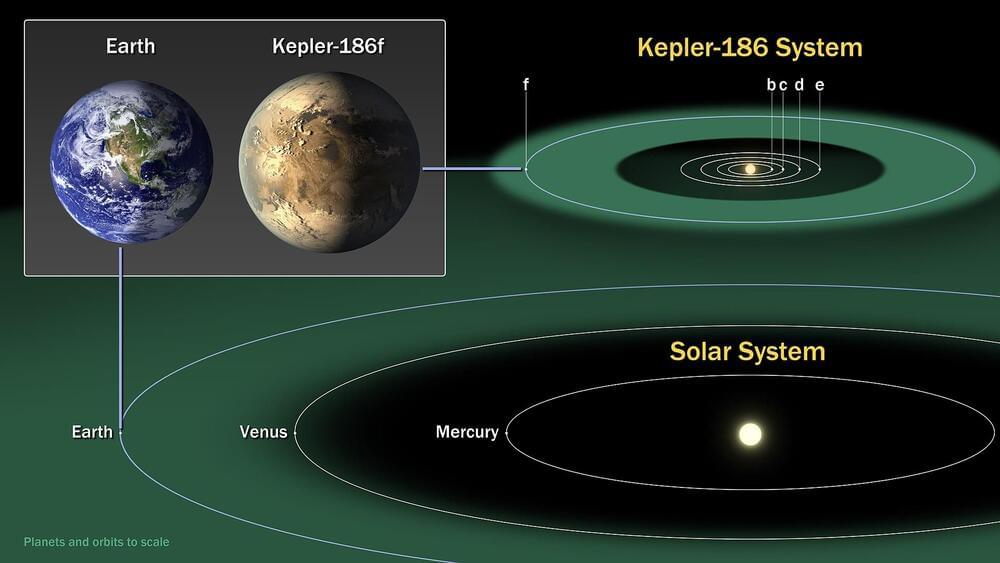
“While these conditions are necessary for a planet to host life, they do not guarantee it,” said Anthony Atkinson. “Our work highlights the importance of considering a wide range of factors when searching for habitable planets.”
Does a planet just have to be in a star’s habitable zone to be habitable, or are other forces at play? This is what a recent study published in The Astrophysical Journal hopes to address as a team of researchers from Rice University and NASA investigated whether the interaction between a star’s and a planet’s respective magnetic fields could play a role in determining the habitability potential for an exoplanet. This study holds the potential to help scientists better understand the formation and evolution of exoplanets and the necessary conditions for life to emerge on those worlds.
“The fascination with exoplanets stems from our desire to understand our own planet better,” said Dr. David Alexander, who is a professor of physics and astronomy at Rice University, director of the Rice Space Institute and member of the Texas Aerospace Research and Space Economy Consortium, and a co-author on the study. “Questions about the Earth’s formation and habitability are the key drivers behind our study of these distant worlds.”
For the study, the researchers incorporated a star’s stellar activity and magnetic field into longstanding computer models designed to simulate planetary conditions, specifically for habitability. The team then analyzed 1,546 exoplanets to determine the most suitable exoplanets for habitability. In the end, they found that only two exoplanets were potentially habitable: K2-3D and Kepler-186 f. This was based on their size, location within the habitable zone, reside outside the distance where the solar wind separates from the star, and whose magnetic field strengths can shield them from harmful radiation.
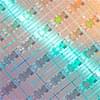
Putting 50 billion transistors into a microchip the size of a fingernail is a feat that requires manufacturing methods of nanometer level precision—layering of thin films, then etching, depositing, or using photolithography to create the patterns of semiconductor, insulator, metal, and other materials that make up the tiny working devices within the chip.
The process relies heavily on solvents that carry and deposit materials in each layer—solvents that can be difficult to handle and toxic to the environment.
Now researchers led by Fiorenzo Omenetto, Frank C. Doble Professor of Engineering at Tufts, have developed a nanomanufacturing approach that uses water as the primary solvent, making it more environmentally compatible and opening the door to the development of devices that combine inorganic and biological materials.
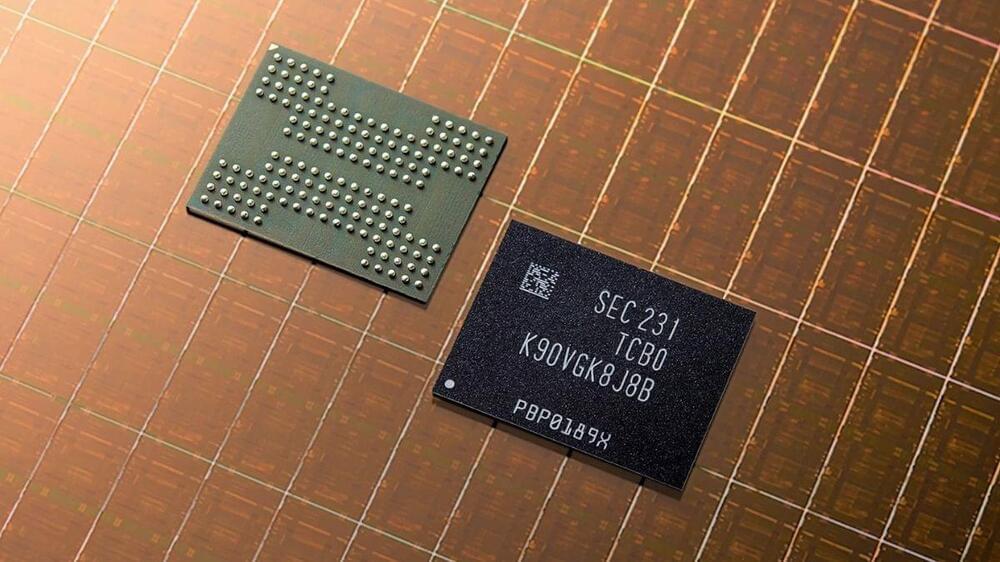
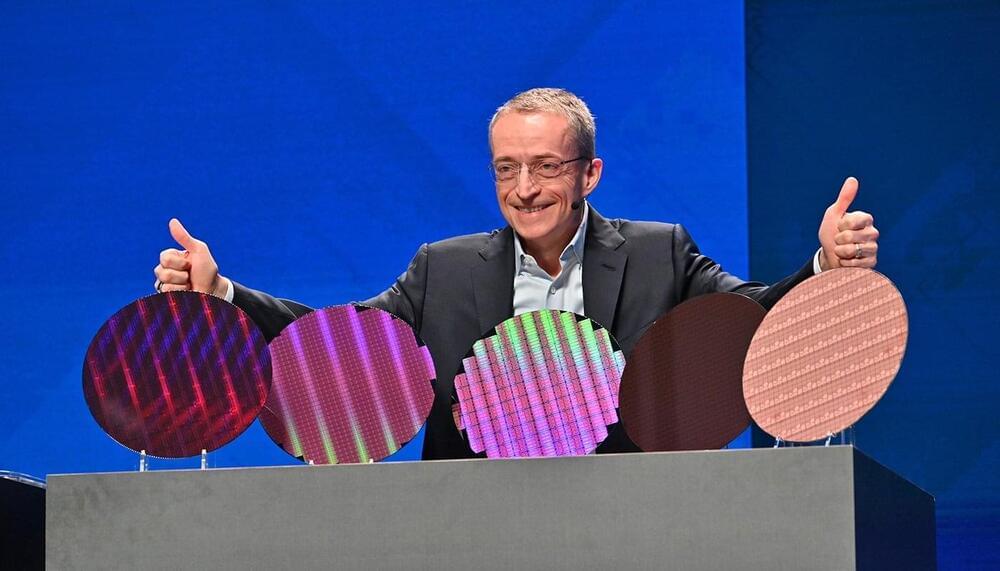

A team of astrophysicists led by Caltech has managed for the first time to simulate the journey of primordial gas dating from the early universe to the stage at which it becomes swept up in a disk of material fueling a single supermassive black hole. The new computer simulation upends ideas about such disks that astronomers have held since the 1970s and paves the way for new discoveries about how black holes and galaxies grow and evolve.
“Our new simulation marks the culmination of several years of work from two large collaborations started here at Caltech,” says Phil Hopkins, the Ira S. Bowen Professor of Theoretical Astrophysics.
The first collaboration, nicknamed has focused on the larger scales in the universe, studying questions such as how galaxies form and what happens when galaxies collide. The other, dubbed STARFORGE, was designed to examine much smaller scales, including how stars form in individual clouds of gas.